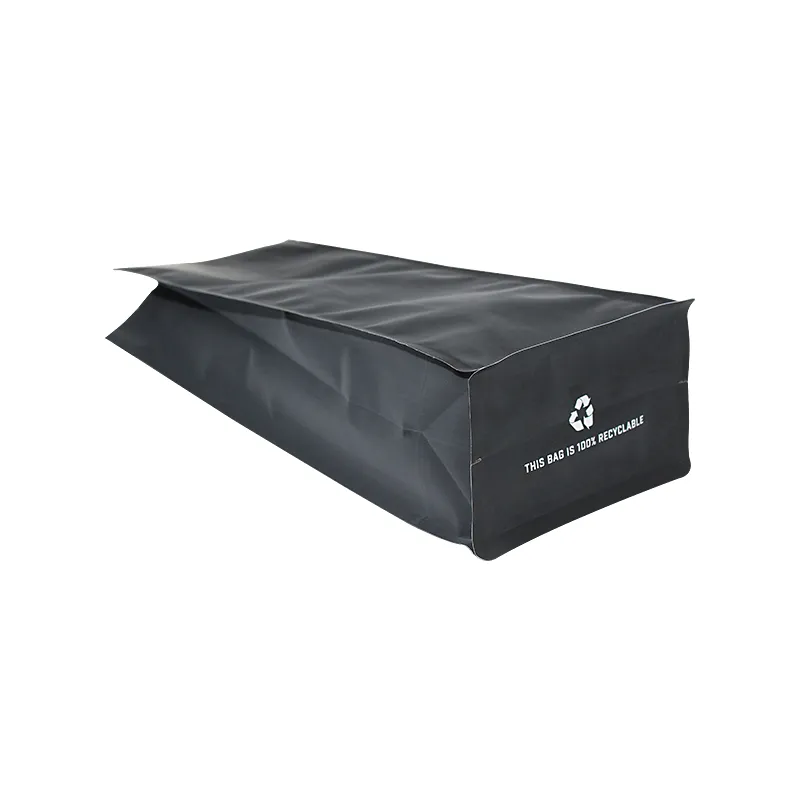- Afrikaans
- Albanian
- Amharic
- Arabic
- Armenian
- Azerbaijani
- Basque
- Belarusian
- Bengali
- Bosnian
- Bulgarian
- Catalan
- Cebuano
- chinese_simplified
- chinese_traditional
- Corsican
- Croatian
- Czech
- Danish
- Dutch
- English
- Esperanto
- Estonian
- Finnish
- French
- Frisian
- Galician
- Georgian
- German
- Greek
- Gujarati
- haitian_creole
- hausa
- hawaiian
- Hebrew
- Hindi
- Miao
- Hungarian
- Icelandic
- igbo
- Indonesian
- irish
- Italian
- Japanese
- Javanese
- Kannada
- kazakh
- Khmer
- Rwandese
- Korean
- Kurdish
- Kyrgyz
- Lao
- Latin
- Latvian
- Lithuanian
- Luxembourgish
- Macedonian
- Malgashi
- Malay
- Malayalam
- Maltese
- Maori
- Marathi
- Mongolian
- Myanmar
- Nepali
- Norwegian
- Norwegian
- Occitan
- Pashto
- Persian
- Polish
- Portuguese
- Punjabi
- Romanian
- Russian
- Samoan
- scottish-gaelic
- Serbian
- Sesotho
- Shona
- Sindhi
- Sinhala
- Slovak
- Slovenian
- Somali
- Spanish
- Sundanese
- Swahili
- Swedish
- Tagalog
- Tajik
- Tamil
- Tatar
- Telugu
- Thai
- Turkish
- Turkmen
- Ukrainian
- Urdu
- Uighur
- Uzbek
- Vietnamese
- Welsh
- Bantu
- Yiddish
- Yoruba
- Zulu
Exploring Printing Techniques and Packaging Solutions for Modern Businesses
The Evolution and Impact of Print and Packaging in Modern Society
In the world of commerce and communication, print and packaging play pivotal roles that extend far beyond mere aesthetics. As we delve into the realms of print media and packaging solutions, it becomes evident that both elements have undergone significant transformations, reflecting technological advancements and societal changes over the years.
Historically, print media has been a powerful vehicle for information dissemination. From the invention of the printing press by Johannes Gutenberg in the 15th century to today’s digital printing technologies, the ability to reproduce text and images has reshaped society. Print has been the backbone of education, journalism, and marketing, allowing ideas and knowledge to transcend geographical boundaries. Whether through books, newspapers, or brochures, printed materials have empowered individuals and communities by providing access to information.
The Evolution and Impact of Print and Packaging in Modern Society
The intersection of print and packaging has created unique opportunities for branding and consumer engagement. Packaging designs often incorporate vibrant graphics, informative labels, and eye-catching colors that attract consumers’ attention. The print industry has adapted to meet these needs by developing advanced printing techniques that enable high-quality graphics and custom designs. Digital printing, for instance, allows companies to produce short runs of packaging with personalized designs, making it easier to target specific consumer segments.
print and package

Moreover, the rise of e-commerce has transformed packaging requirements. With online shopping becoming a preferred method of purchasing, brands face the challenge of ensuring that their products arrive safely and in perfect condition. This has led to innovations in packaging design, including protective features such as bubble wrap, foam inserts, and reinforced boxes. Additionally, brands are leveraging printed packaging as a marketing tool; personalized messages and unique designs can enhance the unboxing experience, fostering a stronger connection between consumers and brands.
As we navigate the digital age, the print industry has not been left behind. Many people may assume that digital media has rendered print obsolete, but this misconception overlooks the enduring value of printed materials. Print continues to thrive alongside digital platforms, complementing them rather than competing with them. For instance, marketing campaigns often integrate print and digital elements, creating cohesive experiences that enhance brand visibility and recognition.
Furthermore, the sensory experience of print materials—tactility, color, and even smell—offers a unique engagement that digital media cannot replicate. A beautifully designed brochure or an elegantly packaged product creates a lasting impression, reinforcing brand identity and messaging.
In recent years, social media has also influenced the dynamics of print and packaging. Brands actively encourage customers to share their unboxing experiences online, turning packaging into a marketing tool that can reach vast audiences through social networks. This phenomenon emphasizes the importance of visually appealing and shareable packaging designs, as they can generate organic buzz and attract new customers.
In conclusion, the symbiotic relationship between print and packaging is evident in their fundamental roles within modern society. Both sectors have evolved to adapt to changing technologies and consumer expectations, showcasing creativity and innovation. As we move forward, embracing sustainability and personalization will likely define the future of print and packaging. Whether through traditional printed materials or modern packaging solutions, their impact on branding, consumer engagement, and information dissemination will continue to shape the cultural and commercial landscape for years to come.













